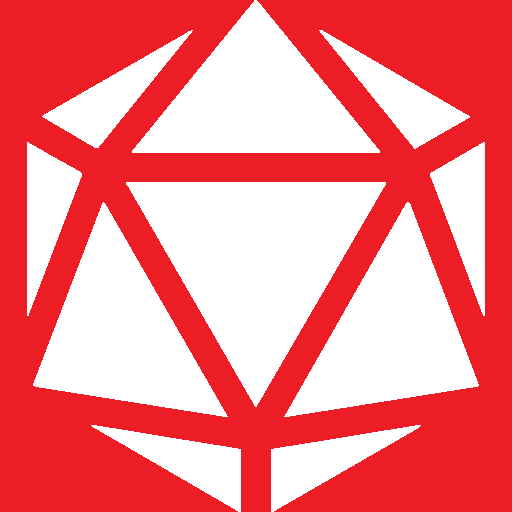In Star Wars Rebels, there was an E-XD-series infiltrator droid that could quickly take inventory of everything in a rebel warehouse. With the advanced object recognition capabilities of modern AI, it’s only a matter of time before an app for Android can accurately and rapidly identify and store objects in real-time from video capture. This could be similar to a home inventory app where users only need to capture video and move around the house instead of taking pictures and labeling items. When do you think will there be an Android app for real-time visual inventory?
This sort of exists. Amazon had unmanned convenience stores that used cameras to track purchases. Sam’s club had an inventory robot the last time I was there. It’s not star wars level tracking, but it’s somewhat close.
Have you posted about this before? I swear I’ve seen someone ask this question before. Anyway, my guess would be as soon as someone can figure out how to monetize and enshittify it.
You don’t want video capture. It’ll use RFID chips.
It can happen as soon as there’s a use for it.
our domestic robots will be awesome at keeping an eye on the top most lost items around the house. the hardware and software of the scanning and identifying exist now. people will complain that it makes them lazier and more stupid, and they will be right.
So, this is totally doable right now. The resolution and frame rates are there, AI being able to look at individual items on a screen and figure out what’s in the picture is already a mostly solved problem. It would probably make the most sense to turn the space into a 3D representation so you don’t accidentally double catch an item from a parallax error. It might not be able to tell the day TV is a frame versus a q LED, but it’ll be able to tell that it’s a 75-in TV and they can probably assign an average price to it.
The hard part is the horsepower required to do the AI work. It would need to be trained on pictures and sizes everything and of the things that are too complicated it would prompt you for what this item actually is. Lots of CPU, lots of GPU and would most likely need to head off to a beefy server farm where would need to spend a non-trivial amount of time sorting your stuff out.
Of course the real loser in all this is your insurance company. The less stuff you have on your inventory less stuff they pay out. To convince them too create the training data and host or pay for hosting the engines, There would have to be some clear advantage in it for them.
The hard part is the horsepower
The hard part is dealing with the numerous errors. Things that were accidentally not visible at that moment, that bottle with the label turned the other way etc.
Try and convince your bookkeeping department why your new and fancy inventory is only 93% complete when they are asking for 100% completeness and accuracy, like they have done the last 100 years :-)
Volumetric likeness would make it pretty easy too generate a report of likely false positives., 3D spacial pictures of each individual item detected. 3D special pictures of items not detected.
The reports generated out of it would make it incredibly easy for human to adjust as long as the atoms weren’t tucked away in a box or something.
Honestly for say fire purposes it’s going to be able to detect your fridge, your oven, your TVs, your sound system your computers mostly. If they’re off by a $10 drinking thermos or something they’re not really going to care
Volumetric likeness
Let me guess: you are not living in a country where 99.5% of all beer bottles of all brands look the same (except the label) :-)
In addition, you seem to understand the term ‘inventory’ in a very different way…
Tell me, did you miss OP’s actual post “This could be similar to a home inventory app where users only need to capture video and move around the house instead of taking pictures and labeling items. When do you think will there be an Android app for real-time visual inventory?”
Or are you just moving the goal posts to insult me?
I think so, too. Object recognition is something that’s already available. But it’s probably not possible to determine for example the brand and model of your computer or television. Or how many forks are inside of your drawer.
That is without you picking every single item up and doing close-ups.
And you’d need to open all drawers, cupboards, boxes and your wardrobe anyways. And show it things that are buried beneath other stuff. Maybe even spread them out. Especially things that are hard to recognize in their stored form. Like folded pieces of clothing.



